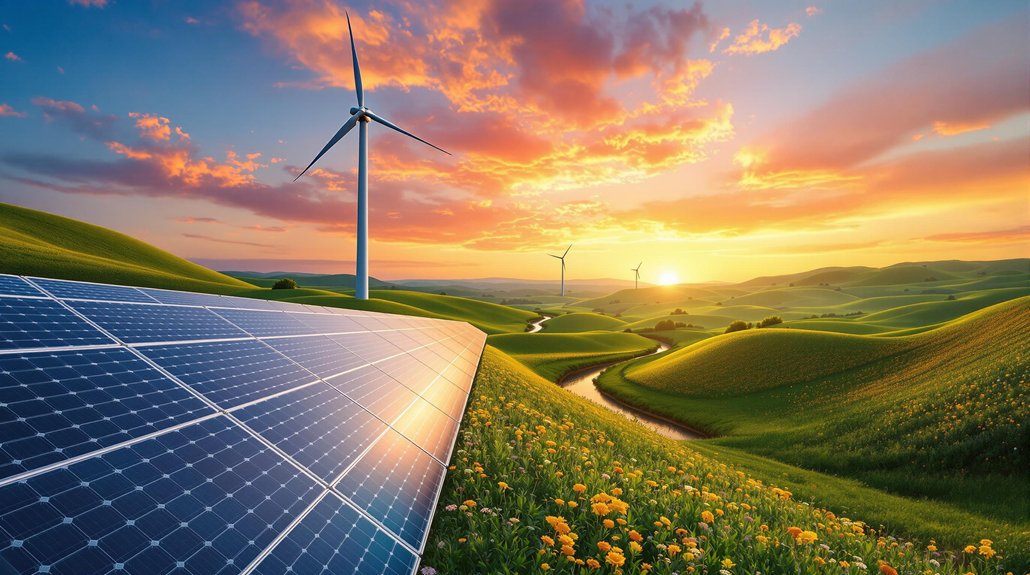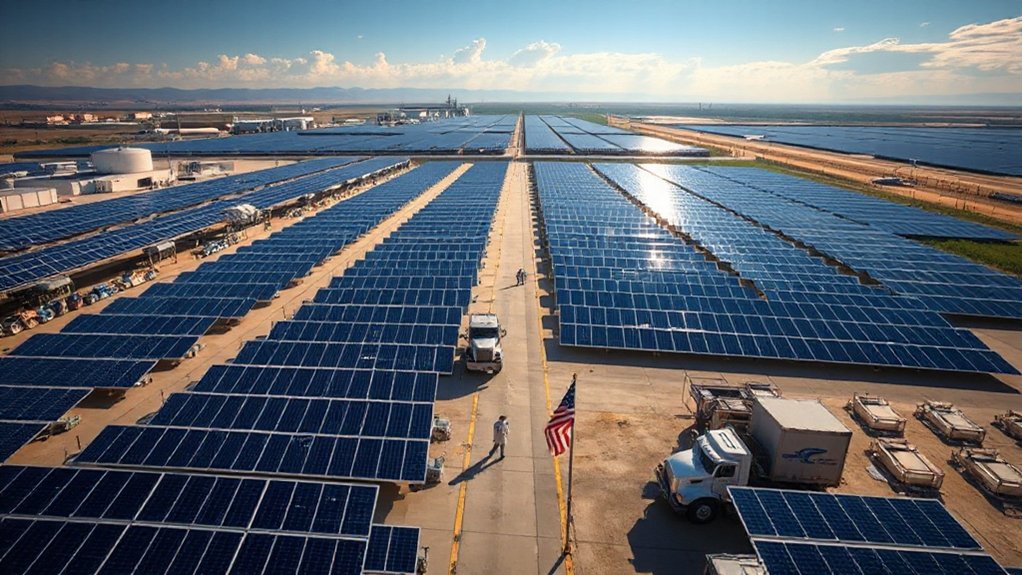Aviation’s carbon footprint is massive, accounting for 2.5% of global CO2 emissions – and that’s with only 10% of humans ever flying. A single short flight dumps 184 kg of CO2 per passenger into the atmosphere. Planes are carbon-spewing machines, emitting 20 to 50 times more CO2 than trains and 5 times more than cars per passenger-kilometer. And those white streaks in the sky? They’re making things even worse. The deeper you go, the uglier it gets.

While many travelers enthusiastically book their next flight without a second thought, the environmental impact of aviation is anything but trivial. Aviation accounts for 2.5% of global CO2 emissions – pumping out a whopping billion tons annually. If aviation were a country, it would be the world’s sixth-largest emitter. Not exactly something to brag about at parties. Even more concerning is that only 10% of people globally take flights each year, making this a highly concentrated source of emissions.
Flying might feel carefree, but aviation’s massive carbon footprint makes it the environmental elephant in the room.
The real kicker? Flying isn’t just about CO2. Those pretty white streaks in the sky – contrails – along with other non-CO2 effects like nitrogen oxides and water vapor, actually make aviation’s total climate impact two to four times worse than its carbon emissions alone. At current growth rates, aviation could warm our planet by 0.1°C by 2050. Doesn’t sound like much? Think again. For every kilogram of jet fuel burned, 3.15 kg of CO2 is released into our atmosphere.
When it comes to transportation, planes are the gas-guzzling monsters of the bunch. They emit 20 to 50 times more CO2 than trains per passenger-kilometer and about five times more than cars. A single short-distance flight can generate 184 kg CO2 per passenger while the same trip by car produces significantly less emissions. And if you’re feeling fancy in business class? Congratulations – you’ve just multiplied your carbon footprint. Those champagne flutes come with a climate cost.
The aviation industry isn’t sitting idle, though. They’re developing sustainable aviation fuels that could slash emissions by up to 80%. Better air traffic management could trim fuel use by 10%, and manufacturers are slowly improving aircraft efficiency.
Electric and hydrogen-powered planes are in development, but they’re still more science fiction than science fact for long-haul flights.
The future presents a stark reality check. Passenger miles are expected to triple between 2018 and 2050, while the industry aims for carbon-neutral growth from 2020 onwards. It’s like trying to diet while tripling your food intake – something’s got to give.
The industry’s ambitious goal of net-zero emissions by 2050 faces massive technological hurdles, and the required scale-up of sustainable aviation fuel production makes climbing Mount Everest look like a walk in the park.









